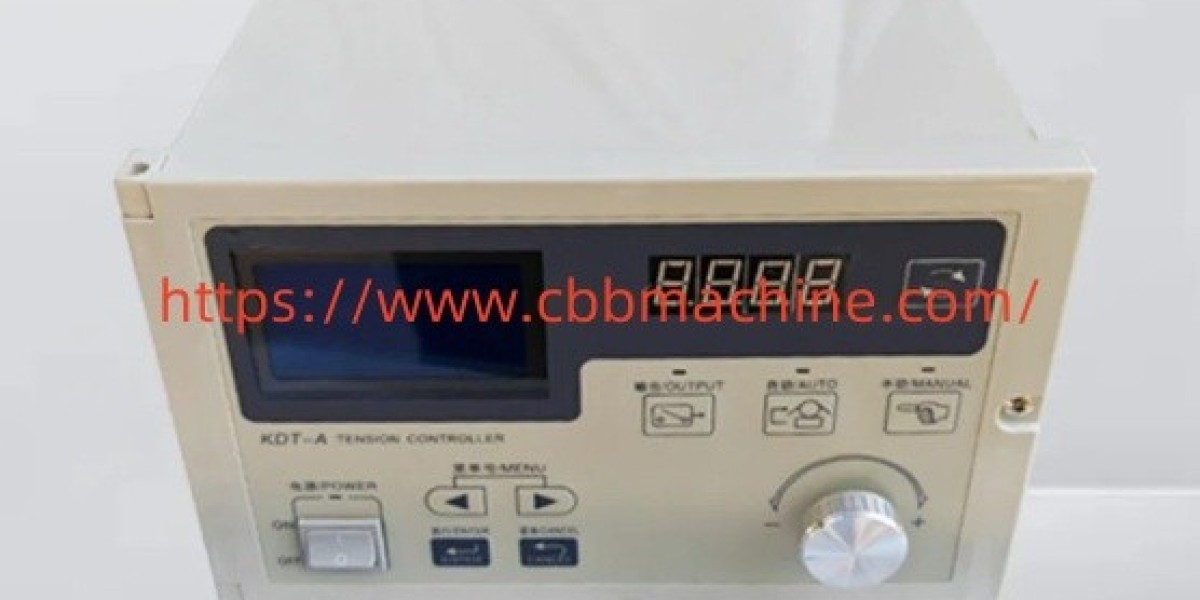In modern industrial automation systems, precise material handling often begins with accurate control solutions like a Tension Controller , which plays a pivotal role in optimizing web tension across various processes.
From printing and laminating to textile processing and packaging, maintaining consistent tension is a non-negotiable requirement for ensuring high-quality output and equipment longevity. Any fluctuations in tension can cause material stretching, wrinkling, tearing, or slippage—all of which lead to significant production delays and increased operational costs.
A properly configured system helps regulate the tension between the unwinding and rewinding rolls or between driven rollers. This regulation is vital in processes that use flexible materials such as paper, plastic film, foil, textiles, and nonwovens. When a tension control solution is applied correctly, it increases throughput, reduces waste, and enhances the final product’s consistency.
There are typically three main control methods: open-loop, closed-loop, and dancer-based systems. Open-loop systems operate without direct feedback from the tension, relying instead on theoretical values or sensor-based estimations. Closed-loop systems, on the other hand, use actual tension data from load cells or feedback sensors to adjust the torque or speed in real-time. Dancer systems use mechanical arms and springs to adjust tension automatically as the material passes through rollers.
The most advanced models today integrate with PLCs (programmable logic controllers), allowing plant operators to make real-time adjustments and gather data for predictive maintenance. Digital interfaces, alarm systems, and touchscreens have also become increasingly common features, ensuring better usability and enhanced diagnostic capabilities.
Manufacturers aiming for maximum line efficiency need to consider a few key factors before selecting a solution. These include web width, material thickness, production speed, tension range, and environmental conditions like humidity or temperature fluctuations. Additionally, compatibility with existing drives, brakes, or clutches should be verified during the planning phase.
Modern factories are embracing Industry 4.0, and intelligent control systems are no exception. Smart tension regulation units are capable of learning from past operations, adjusting to new materials quickly, and even sending alerts before failure occurs. This trend toward connectivity and automation is reshaping the way manufacturers approach their production setups.
Regular calibration and maintenance of the system are essential. Sensor drift, mechanical wear, or improper installation can gradually lead to ineffective regulation. Operators must periodically verify settings and clean components to avoid performance deterioration over time.
As manufacturing lines become faster and materials more delicate, the importance of accurate web tension handling will only grow. Selecting the right unit not only improves productivity but also protects equipment and reduces operational downtime.
For an in-depth look at types, applications, and importance, visit https://www.cbbmachine.com/news/industry-news/tension-controller-types-importance-applications-and-more.html








